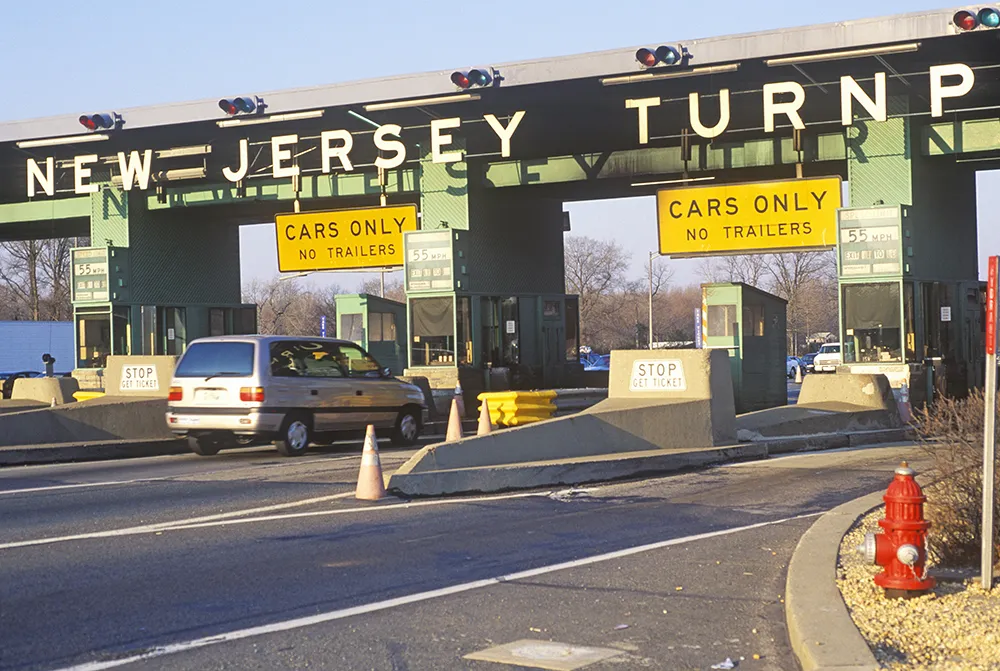
News items and articles in this issue illustrate the highs and lows of ITS and the dilemma inherent in enforcement application. An IIHS report showing that speed cameras change motorists’ behaviour beyond the immediate vicinity of the installations is further evidence of the positive influence the technology can have, however the guilty plea in the Chicago red light corruption case serves to undermine the entire concept.
In most parts of the world, enforcement is undertaken by consent of the people, which can only happen when the people feel they are being treated fairly - as summed up by the famous quote: “Not only must Justice be done; it must also be seen to be done.” In this respect any corruption, regardless of whether the misdemeanour is connected to the application of the law to motorists, will be portrayed by naysayers as evidence that enforcement systems are only installed to ‘tax motorists’.
Yet it is a sad fact that motor vehicles remain the world’s most prolific killing machine. World Health Organisation statistics show that every year 1.3 million people die from injuries they receive while travelling on or beside the road.
It is against this background that regulatory authorities have to decide whether or not to implement roadside drug testing of motorists and if so how shat should be done. This requires balancing the right of motorists to go about their business without let or hindrance, against the public’s right not be put at risk by incapacitated drivers.
How many deaths and serious injuries are the result of drug-impaired drivers is currently unknowable but with the increasing use of roadside testing, hard evidence is starting to emerge - and it is not encouraging. Although fewer people take drugs than consume alcohol, there is evidence that users are more likely to drive after taking drugs than their counterparts are after having too much to drink. This may be precisely because their chances of getting caught for drug-driving have been much lower than if they were over the alcohol limit.
So it is to be hoped that, as the IIHS study has shown with speeding, the fear of getting caught will change drug-users’ willingness to drive and alert those using prescribed medication of the potential for impairment in their driving ability.
However, such self-restraint will only happen if the police are given the equipment and power to test those they believe to be impaired, or even on a random basis.
But support for such policies requires that the public believe road and enforcement authorities are doing an honest job and without fear or favour.
That sets a high standard but it is one that has to be met if enforcement by consent is to prevail.








